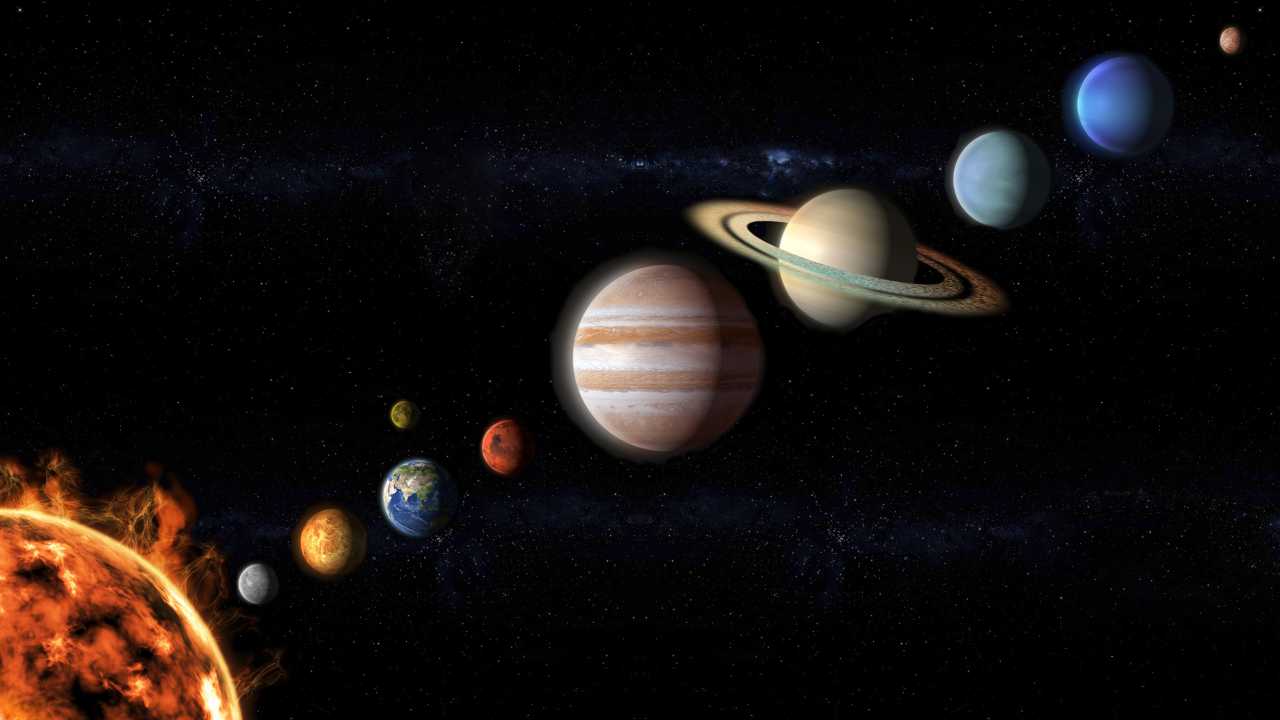The universe that surrounds us contains billions of galaxies and trillions of stars and planets in them. Scientists have used different methods to estimate these numbers to get an idea of how big the universe actually is. Here, we will let you know about the number of planets that are there in the milky way and how much they are the same or different from each other. This article will give you an idea of the magnanimity of the Milky way and what constitutes it. Join us on this adventure to explore the Milky way and the number of planets in it.
How many Planets are there in the Milky way?

The number of planets in the milky way galaxy are estimated to be about 100 billion to 200 billion. More than 5,500 planets have been discovered by astronomers. Further astronomical research suggests that about 3,900 stars have one or more planets revolving around them. This tells us about the magnitude of the Milky way galaxy and the huge number of planets in it. Our solar system consists of 8 known planets revolving around the sun besides a few dwarf planets.
What is a planet?

With the passage of time, scientists have discovered much about the planets present in the Milky way galaxy, and the planets in the two billion other galaxies of the universe. A celestial body with the following characteristics can be called a planet could be
- A stellar body which is in orbit around a star
- It is massive enough to have an appropriate amount of gravity that keeps it in a spherical shape
- It is big enough to clear all the objects surrounding its orbit with its gravitational effect.
Dwarf planets are those planets whose gravity is not large enough to clear objects surrounding their orbits.
How did planets form?
According to the Big bang theory, the whole universe was formed about 13.7 billion years ago with a massive explosion. Initially, all the matter was concentrated in a cloud of dust and gasses which underwent an explosive expansion. These scattered particles like electrons, protons, etc. in the universe which had extremely high temperatures. The gravity collected lots of material in the center to form the sun. All the other material started colliding and gathering to form heated bodies around the sun. The objects which had enough gravity gathered additional dust and gasses and eventually formed into planets. Similarly all the planets in the other solar systems and galaxies were formed.
How many solar systems are there in the Milky way?
There are 3,916 solar systems within our Milky way galaxy, according to NASA’s latest data. This implies that about 3,916 stars have some number of planets revolving around them. According to some other researchers, there are 5,241 exoplanets orbiting in our galaxy that are present outside our solar system.
🔬 Subscribe to SciMail
Get the latest science discoveries straight to your inbox!
How many planets are there in our solar system?

Our solar system consists of the sun which is a massive, bright star made up of plasma and gasses. There are eight planets in our solar system which revolve around the sun. These planets are mercury, venus, earth, mars, jupiter, saturn, uranus and neptune. Mercury is the closest planet in orbit around the sun, while neptune is the farthest planet in the solar system. Jupiter is the largest planet in our solar system, which has 95 moons revolving around it. There are also a few dwarf planets in our solar system, such as Pluto and Ceres.
How many planets in the milky way can sustain life?

According to the scientific estimate, about 60 million planets alone in our milky way galaxy can sustain life. Further researches suggest that potentially, about 50 sextillion planets all over the 200 billion galaxies of the universe are habitable and can support life. For the survival of its inhabitants, a planet needs to have water, because it is the only compound suitable for dissolving and transporting material and carrying out important metabolic reactions. We also require nutrients and a significant amount of energy, either from the sun or from chemical reactions, to build and sustain life.
What other objects are present in the milky way?
Stars are not the only objects found in such big galaxies. The Milky way also contains dust and interstellar gas which fills the space in between stars and the planets. There are millions of black holes which are dense regions in space, with an extremely strong gravitational effect. Nothing can escape from black holes, not even light. Lastly, millions of white dwarfs and trillions of “Rogue Planets” are a part of the Milky Way Galaxy which have separated from their stars soon after formation.


Leave a Reply